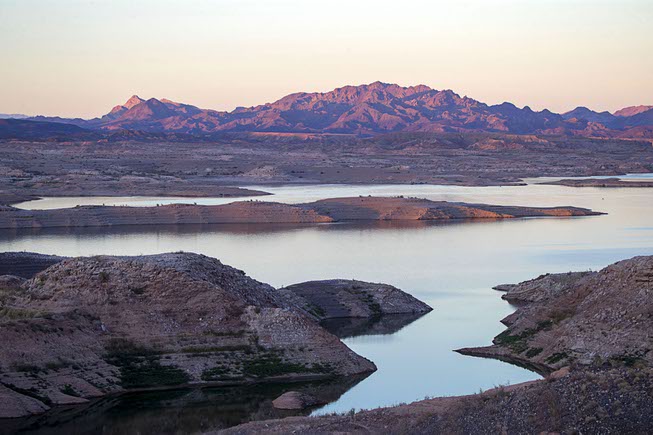Published Wednesday, Oct. 19, 2022 | 4:46 p.m.
Updated Wednesday, Oct. 19, 2022 | 5:53 p.m.
A Clark County resident has died from an extremely rare but deadly brain-eating amoeba that he may have been exposed to at Lake Mead, the Southern Nevada Health District said.
The victim, a boy under the age of 18, succumbed to an infection of Naegleria fowleri, a brain-eating amoeba that is almost always fatal, the health district said. The amoeba causes an infection of the brain called primary amebic meningoencephalitis. Among other symptoms, the infection can cause headache, fever, nausea, seizures and coma.
The health district believes the victim was exposed to the amoebas in the Kingman Wash area on the Arizona side of Lake Mead the weekend of Sept. 30 and began to develop symptoms about a week after. Once symptoms start, usually within up to 12 days of infection, the disease progresses rapidly and typically causes death within five days.
This is the first recorded fatality from the amoeba at Lake Mead, according to a release from the National Park Service. The health district did not specify the date of the death.
“My condolences go out to the family of this young man,” said Fermin Leguen, district health officer, in a statement. “While I want to reassure the public that this type of infection is an extremely rare occurrence, I know this brings no comfort to his family and friends at this time.”
Naegleria fowleri is commonly found in warm, freshwater lakes and rivers or geothermal water like hot springs, the district said. It enters the body through the nose before traveling to the brain, and cannot infect people if swallowed. It cannot spread from person to person, either, the district said.
According to the Centers for Disease Control and Prevention, a total of only 31 Naegleria fowleri infections occurred in the U.S. between 2012 and 2021. Of that number, 28 were infected by exposure to recreational water.
Infections of Naegleria fowleri are most common in young males ages 14 and younger, which the CDC says is possible because they are more likely to dive into water and play in the sediment at the bottom of lakes and rivers, where the amoebas get their food.
The CDC recommends that people avoid jumping or diving into warm freshwater, hold their nose shut or keep it above the water and avoid digging in or stirring up sediment in shallow waters.
People should assume there is a risk, however low, for the amoebas when they enter warm, fresh water, the district said.
The National Park Service will continue to allow recreational swimming at Lake Mead, as the "disease is extremely rare,” said Dr. Maria Said, U.S. Public Health Service officer, in a statement.

